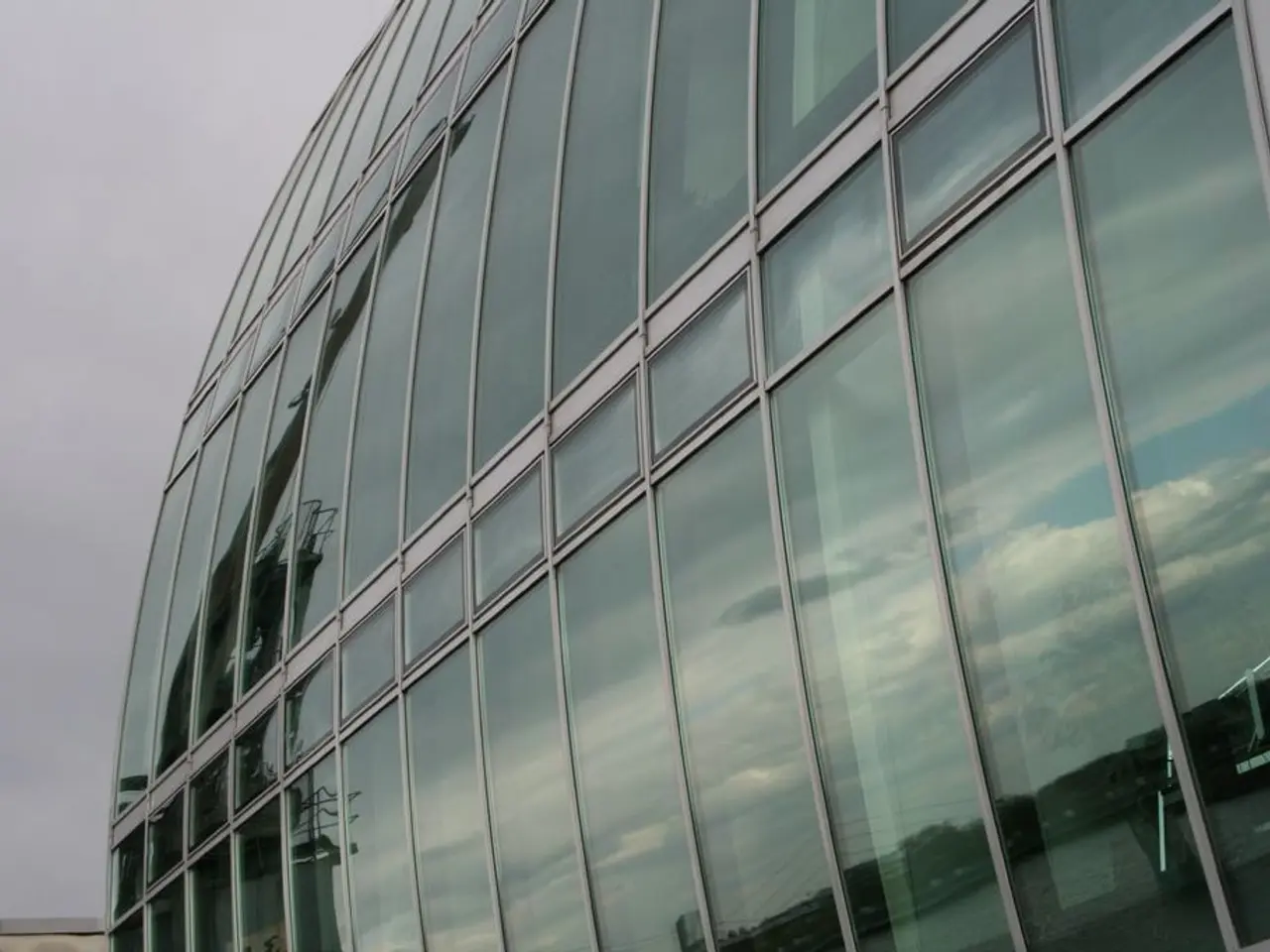Prominent Defense Nominee Advocates for the Combination of NRO and Space Command System
In the realm of U.S. defence, a proposal for a closer relationship between the National Reconnaissance Office (NRO) and the Space Systems Command (SSC) is gaining traction. The key arguments centre around improved acquisition efficiency, enhanced coordination between military space and the intelligence community, and leveraging the unique authorities and expertise held by the NRO.
The proposed merger or tighter integration would align the strengths of the NRO, which operates advanced intelligence, surveillance, and reconnaissance (ISR) satellite systems, with SSC’s acquisition and space systems expertise. This union could facilitate smoother collaboration between the intelligence community and Space Force space technology developers.
The NRO, as an intelligence agency, functions under different rules and can draw "the best and the brightest" from across various defence agencies. Leveraging this unique talent pool could potentially speed up development and deployment of national security space capabilities.
Moreover, the NRO holds unique authorities and vast experience in space acquisition and operations that SSC acquirers could benefit from. This could lead to more agile, integrated organizations that accelerate space technology development and acquisition, improve collaboration, and result in more effective and resilient national security space architectures.
One such potential benefit is the creation of a single, agile entity. Combining the two organizations could produce a unified command with streamlined processes to apply best acquisition practices, integrate mission architectures more effectively, and maintain technological advantages in contested space environments.
A closer integration could also support the development of advanced, resilient space architectures such as ground moving target indicator satellites and better integrate satellite-derived intelligence with other sources to enhance situational awareness and threat tracking.
However, the path to integration is not without challenges. Resistance to relocating SSC from its Los Angeles base concerns political, logistical, and workforce issues. Some proposed alternatives to a full merger include co-location of SSC and NRO offices or establishing shared training and career pathways to foster cooperation without physically moving major commands.
The new administration is yet to fill key Defense Department posts, including the new Secretary of the Air Force Troy Meink, who spent the past decade at NRO. The Trump administration is open to proposals for disrupting the status quo regarding the relationship between the NRO and the SSC.
The essay, published in the book "Contested Space: Ensuring Effective U.S. National Security Space Capabilities in an Increasingly Contested Environment" by the nonprofit National Security Space Association, argues for a closer relationship between the two organizations, including potential merger, to improve coordination between the Space Force and the intelligence community with regard to space technology.
In summary, merging or closely integrating the NRO with SSC is advocated primarily to streamline and accelerate space acquisition and operations, enable better integration of intelligence and military space functions, and enhance U.S. national security space capabilities in an increasingly contested environment.
- The proposed merger or tighter integration of the National Reconnaissance Office (NRO) and the Space Systems Command (SSC) could allow for a more seamless collaboration between the intelligence community and the Space Force's technology developers.
- The unique talent pool derived from different defense agencies, possessed by the NRO, could potentially expedite the development and deployment of national security space capabilities.
- A combined entity of NRO and SSC could offer more agile, integrated organizations, leading to faster space technology development and acquisition, improved collaboration, and resilient national security space architectures.
- The creation of a single, agile entity from the merger could provide streamlined processes to apply best acquisition practices, integrate mission architectures more effectively, and maintain technological advantages in contested space environments.
- However, this proposed integration faces challenges, such as resistance to relocating SSC from its Los Angeles base, and alternative solutions like co-location of SSC and NRO offices or establishing shared training and career pathways are being considered to foster cooperation without physically moving major commands.




